I'm trying to design an op-amp circuit to sum up four voltages by using a non-inverting summing configuration. You can see it in the circuit below, though for illustration's sake, the resistor values are just 100 Ω. I'm having some issues with deciding what values to use.

simulate this circuit – Schematic created using CircuitLab
To start, I analyzed the circuit below to determine how the gain is affected. Assuming an ideal op-amp, the voltage at the inverting and non-inverting terminals match each other. Starting there, all current from the four inputs go through \$R_7\$ to go to ground, so the voltage at the non-inverting terminal (call that \$V_P\$) can be written as follows:
$$ \frac{V_A-V_P}{R_1}+\frac{V_B-V_P}{R_2}+\frac{V_C-V_P}{R_3}+\frac{V_D-V_P}{R_4} = \frac{V_P}{R_7} $$
Assuming all resistors are equal, the resistors cancel each other out, and that simplifies to
$$ V_P=\frac{V_A+V_B+V_C+V_D}{5} $$
The inverting terminal \$V_N\$ follows the basic formula for a non-inverting sum, with the gain being determined by \$R_6\$, the feedback resistor, and \$R_5\$:
$$ V_{\text{OUT}} = \left(1+\frac{R_6}{R_5}\right) \cdot V_N $$
Altogether, the output voltage can be written as a sum of the input voltages. Depending on your pick for \$R_5\$ and \$R_6\$, unity gain seems to be achievable.
$$ V_{\text{OUT}} = \left(1+\frac{R_6}{R_5}\right) \cdot \frac{V_A+V_B+V_C+V_D}{5} $$
With all this, you can determine the net gain from the resistor values, but how should I begin in determining what values are appropriate to use for the op-amp? In this topology, how do multiple inputs affect the bandwidth, and how do you pick resistor values that maximize bandwidth? Would bandwidth still be affected by the net gain as shown in the last equation, or is it only dependent on the gain term from \$R_5\$ and \$R_6\$? I've tried following this guide that helps design summing circuits, but the methodology used seems to indicate that \$R_7\$ should not be included, so I'm unsure.